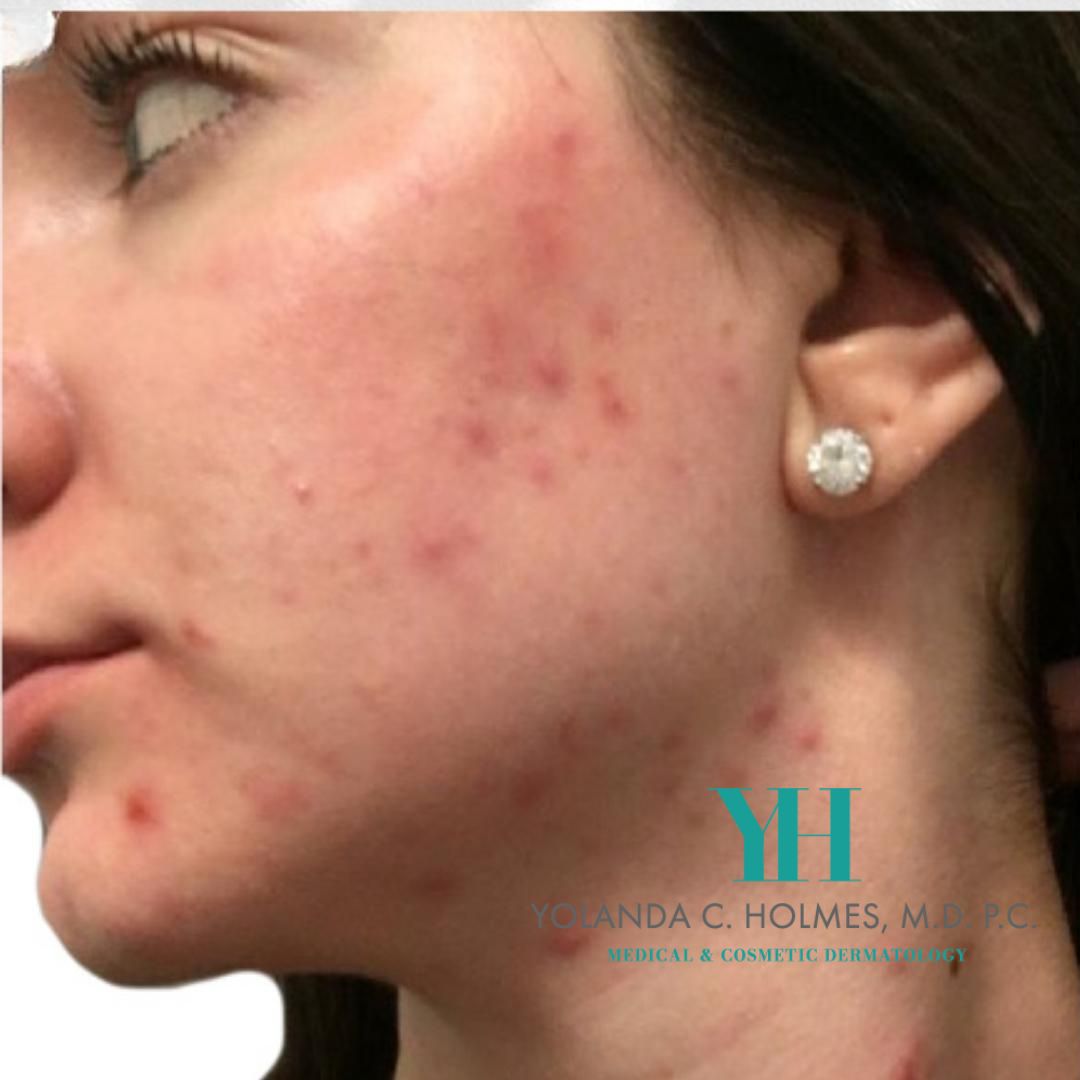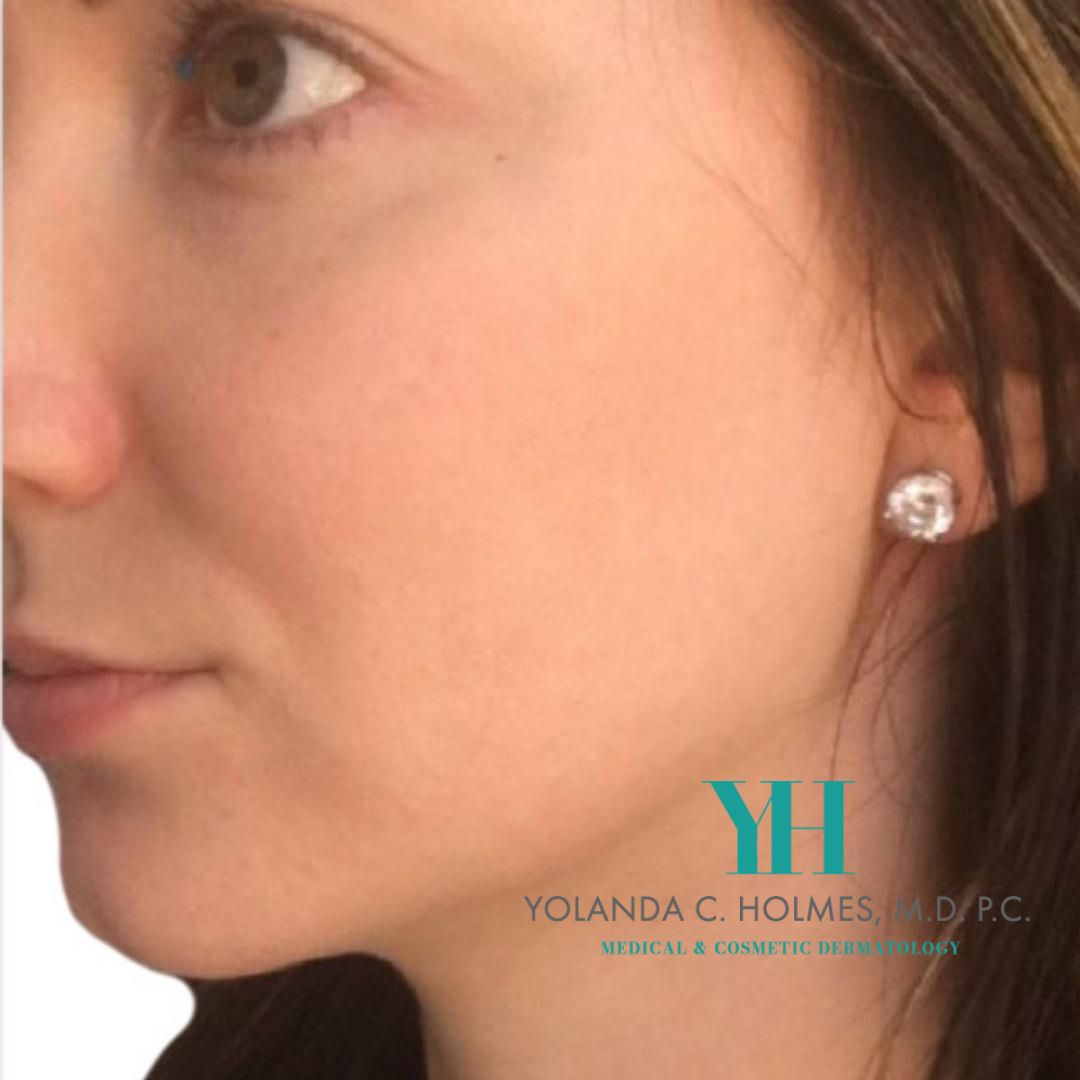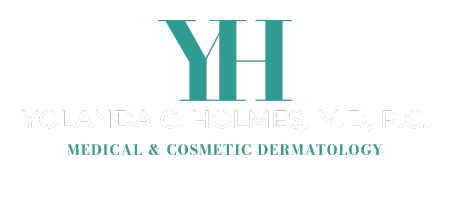Microneedling
- Home
- Microneedling
MICRONEEDLING
Microneedling is a cosmetic procedure that involves using a device with small needles to puncture the skin and create tiny microchannels. This process stimulates the production of collagen and elastin, which helps to improve the texture and overall appearance of the skin.
What conditions is microneedling recommended for?
Microneedling is recommended for patients who want to improve the appearance of fine lines and wrinkles, acne scars, hyperpigmentation, and uneven skin tone and texture. It can also be used to improve the absorption and effectiveness of topical skincare products.
What are the treatment areas for microneedling?
Microneedling can be used on various areas of the face and body, including the cheeks, forehead, neck, décolletage, and hands.
How long does microneedling last?
The results of microneedling can vary depending on the individual and the specific condition being treated. In general, patients may start to see improvement after the first treatment, with continued improvement over time as new collagen and elastin are produced. Multiple treatments may be recommended for optimal results.
Will it hurt?
Microneedling may cause mild discomfort or pain during the procedure, although this is generally well-tolerated. Your doctor may use a topical anesthetic or numbing cream to help reduce discomfort during the procedure.
Is microneedling safe?
When administered by a qualified medical professional, microneedling is generally considered safe and effective. However, like any medical procedure, there is a small risk of side effects or complications. The most common side effects include redness, swelling, and bruising in the treated area.
Avoid if microneedling treatment:
Microneedling treatment may not be suitable for everyone. Patients who are pregnant or breastfeeding, have active acne or skin infections, or have certain medical conditions may not be eligible for treatment.
After treatment care:
After microneedling treatment, it is important to follow your doctor’s specific instructions on how to care for the treated area. This may include avoiding certain activities, medications, or skincare products to help prevent irritation or infection. Sun protection is also important to protect the treated area and optimize results.
Microneedling Before and After


